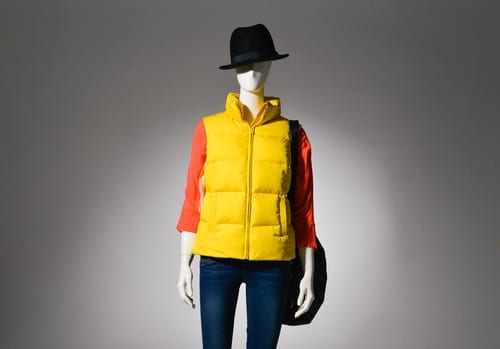
The process of choosing the right provider for your commercial or industrial LED lighting installation can be a daunting task. You will more than likely be looking for the best possible deal which will save you money. Our LED lighting team offer a complete design to install solution which can save time and money. This article from Lux regarding considerations for retail lighting explains why using professionals will help.
Store lighting isn’t complicated, so why do so many high street brands get it wrong? Here’s Lux’s top tips for getting it right every time.
>1. Layer the light
A basic retail lighting design comprises two elements, ambient lighting and accent lighting. How you mix them is key to your store’s individual look, but always make sure the ambient is low enough to allow the accent to punch through to the merchandise.
2. Make the lighting match the brand
The lighting design – and the fixtures – should match the brand’s values. As a general rule, customers associate ambient with low cost and accent with upmarket. Some stores – TKMaxx, Boots, Lidl – are ambient only, while some – Abercrombie & Fitch, Hollister, SuperDry – are accent only, to great effect.
3. Nail your colour temperature
The colour temperature is key to a store’s look and feel. A cool colour temperature (4000K to 6000K) conveys spaciousness and appeals to a young demographic while warm colour temperatures (2700K to 3000K) convey familiarity and appeal to older, upmarket customers.
4. Light what you want customers to see
Sounds obvious, but rarely applied in practice. Theatre lighting designers put the brightest light wherever they want the audience’s attention.
This ‘hot spot’ trick works in retail, too. So highlight hero items, new merchandise and special offers. Lighting designers call this ‘the lighting hierarchy’.
5. Don’t take colour rendering at face value
Don’t assume a high CRI number will ensure good colour rendering – it may not include strong reds, for instance. For good reds (bread, foodstuffs, fashion) find out the light’s R9 value, and make sure it’s over 80. Ninety is best. For good blues (suits, jeans, fish), check the R12.
6. Work your window
A great window display will turn passersby into shoppers, so this is no place for caution and restraint. Bright, bold, high contrast lighting can make a hero of the merchandise. Better still, consider dynamic light that introduces movement and variations in light levels and colour.
7. Change your changing rooms
The changing room is most important space in fashion as it’s where the buying decision is made.
So why are yours lit with £5 downlights that makes people look awful? Instead, mount warm vertical linear lights with good colour rendering on either side of the mirror.
8. Integrate the lighting
Research has shown that customers pick up twice as many items from shelving with integrated lighting, than those with none. These days, with LED tape, integrating is a cinch.
Do use a good brand though – Osram’s came out best in our recent tests.
9. Read the warranty
Manufacturers’ warranties are usually written to protect them just as much as you. Watch especially for restrictions on burning hours buried in the small print – most retail lighting will comfortably exceed 5,000 hours annually so a warranty with a 4,000-hour restriction is worthless.
10. Get a professional in
If the budget permits, hire a professional lighting consultant, even it’s only for a basic lighting strategy. They’re worth the investment, as with LEDs, lighting has become more of a minefield than ever and a good designer will bring lots of ideas to the table.
11. Use two colour temperatures for jewellery
In theory, all jewellery should look great under a high CRI source, no matter what the colour temperature. In practice, stunning results come from a mix. Try using both 3000K and 4000K. The former is great for gold, the latter for silver and diamonds.
Read the full article here >

